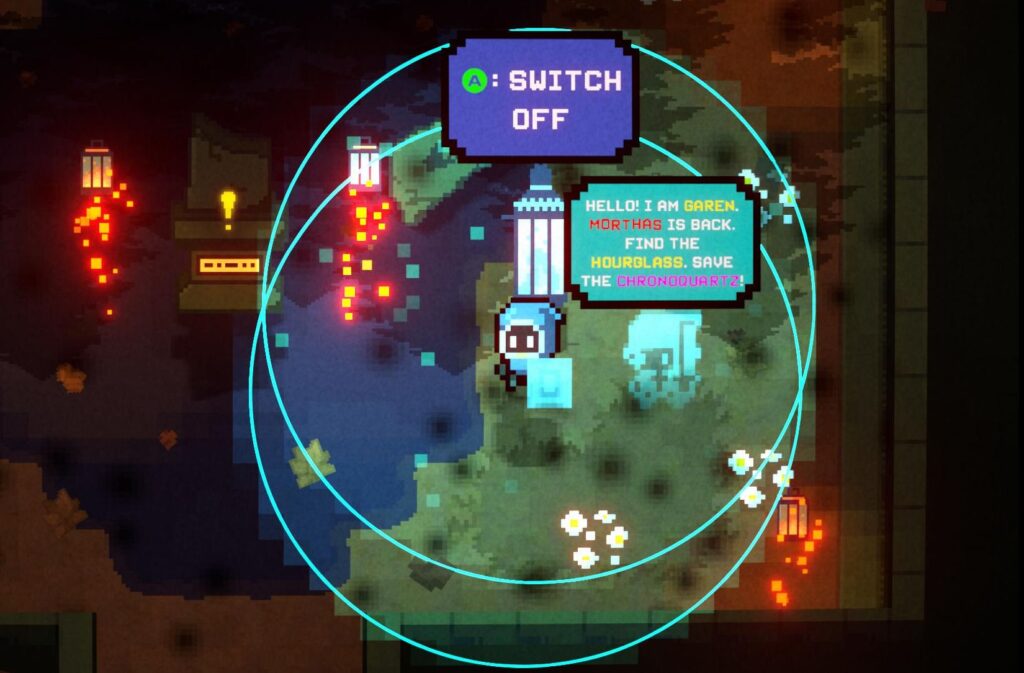
PC
Well, here’s something astonishingly good. Chronoquartz is one of the smartest and incredibly well-conceived games I’ve played in a good minute, combining Zelda-like puzzles with a timeloop theme that only lets you move through ten screens before dying. Yet, despite the restrictions, it never feels claustrophobic or restrictive, but rather pushes you further to be inspired.
The most obvious comparison, perhaps, is Minit, the splendid micro-RPG in which your character only lives for a minute at a time, before everything resets and you’re back in your home. Among many other significant differences in Chronoquartz, the main one is that it’s not time that’s controlling you but distance. The game, made of dozens of tiled locations, only lets you change from one to another a total of 10 times before you conk it, being reborn (at first) in the cell in which your strange little character begins.
The beginning of the game is all rather mysterious. Your cloaked little chap starts off in a cell in a castle, who then sees a series of visions that inform an evil villain called Morthas has returned, with a guy called Garen telling you that you must find the Hourglass and save the Chronoquartz. You emerge from the cell to discover the castle’s knights have mostly been slain, the place invaded by a lizard army, and must figure out how to escape.
It’s immediately brilliant. You quickly learn that you’ve 10 screen changes to operate, before everything resets (with the exception of some very special events) each time you reach the limit. That includes keys you’ve retrieved, doors you’ve unlocked, and enemies you’ve outwitted, meaning you’ll very quickly realise that you need to be clever rather than quick. How can you both reach that green key and open the door it fits, such that you can learn a piece of information that’ll help influence your next life?
As you play, you do get the ability to keep an object in your inventory after you respawn, which of course then makes the puzzling opportunities far more interesting, as well as reaching notes that open up secret passages, as well as experimenting with items you find to see what magical properties they might possess.
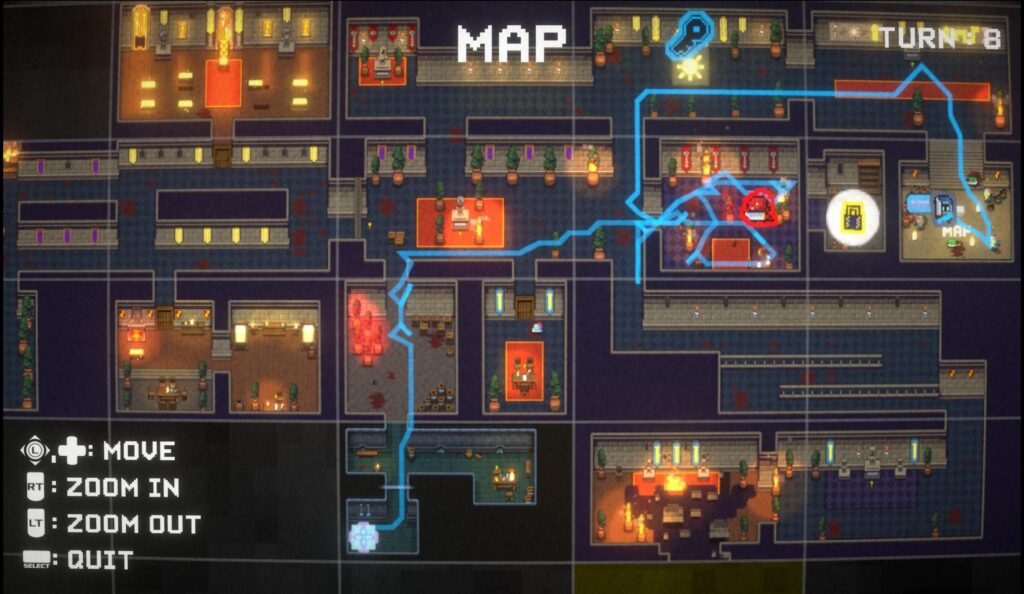
Honestly, if the game had just been the castle, I’d have still loved it. But it’s so much more, with your eventual escape opening up the game a wild amount, with – of course – new respawn points eventually available (again, like Minit). Each of the new areas you discover has its own unique properties, causing you to experiment with your timeloop in different ways, and ensuring it never loses your interest.
There is an in-game hint system, and it’s a good one. It’s especially good because it tells you not to use it, and that forced me to feel ashamed and try a bit harder on an early puzzle, and figure it out for myself. But when you do eventually sheepishly approach it for help, it’ll give you three increasingly bolder hints for the exact situation you’re currently in, usually in the form of a picture that gives you just the nudge you require.
Toward the end of Chronoquartz, I’ll admit to using this three or four times, because oh my goodness, the puzzles become ingeniously complicated. I had to get a fair amount of help with one of them, and then rather than feeling dumb for missing it, I just sat back in admiration for how damned cool the correct solution was. That’s the overriding feeling throughout the game: a sense of wonder at just how clever it is, and just how smart it pushes you to be within that.
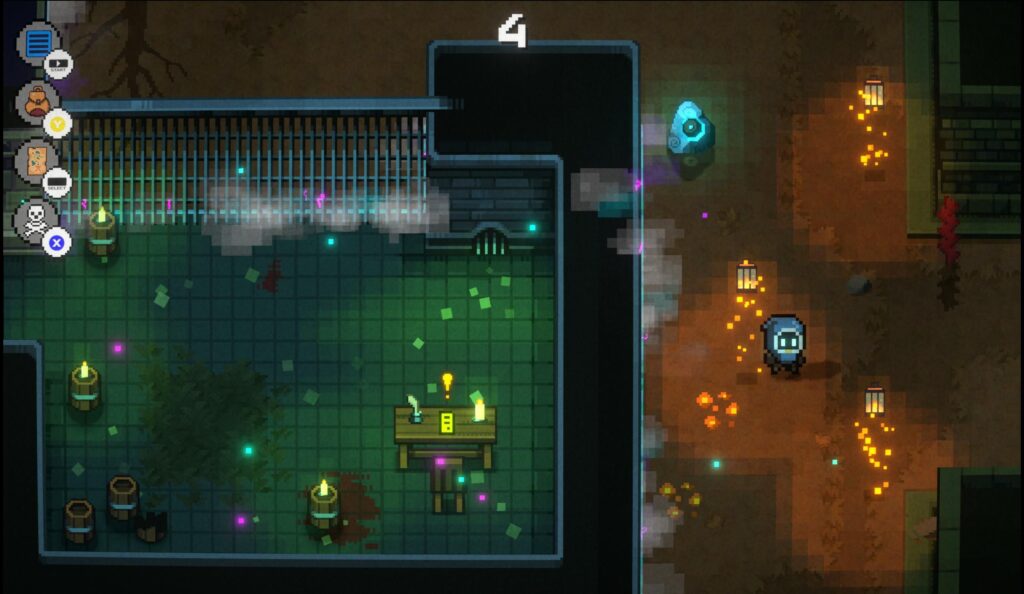
I adore the art, the retro sound effects and music, and its presentation throughout. But the standout feature by miles is the ingenuity of the puzzles. There’s no combat here, no call for reflexes or timing – just super-solid puzzles that’ll make you gasp when you eventually figure them out. Chronoquartz is a proper all-time treat.
- Infinite Stairs
- Steam
- £8.50/$10/€10
- Official BlueSky
All Buried Treasure articles are funded by Patreon backers. If you want to see more reviews of great indie games, please consider backing this project.
90



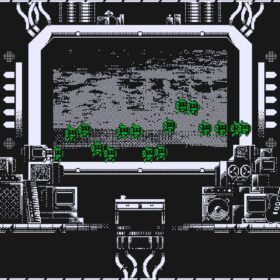


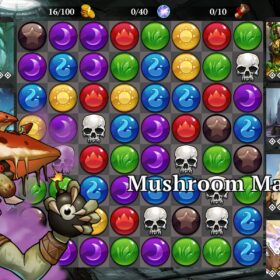
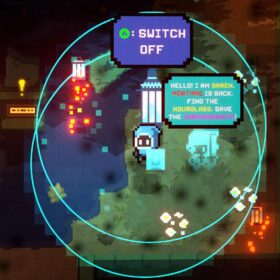


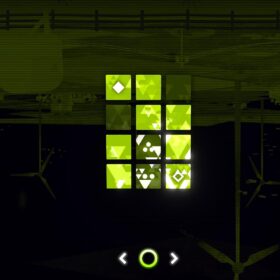
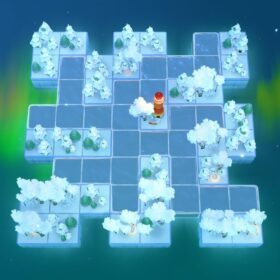
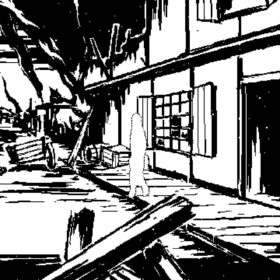





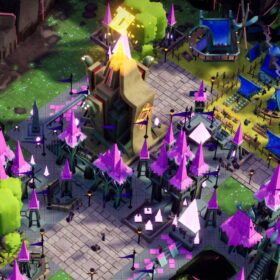
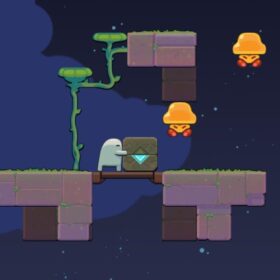
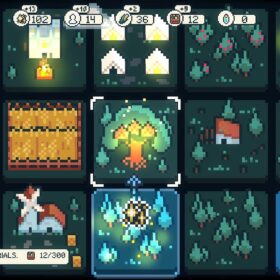

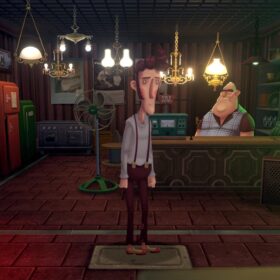
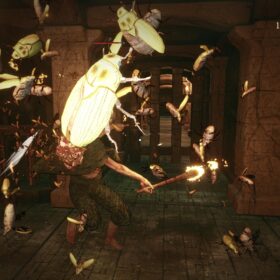

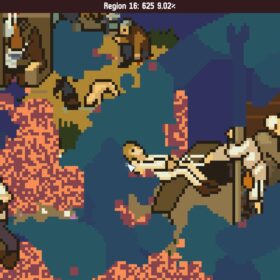



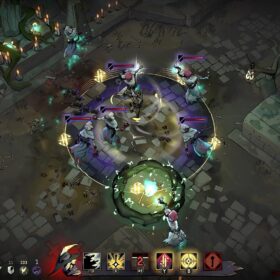
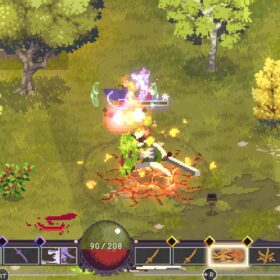
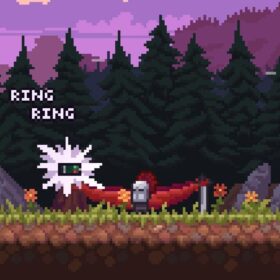
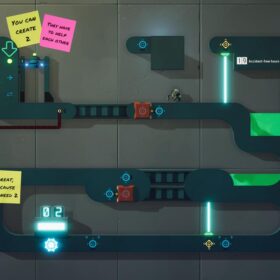
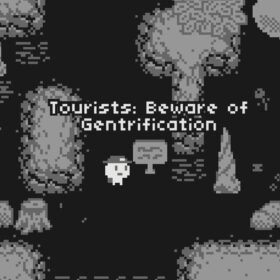

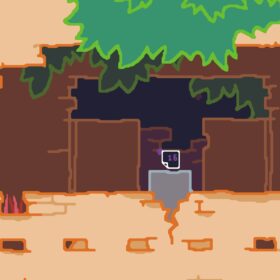


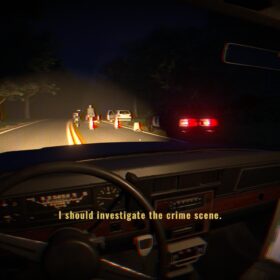
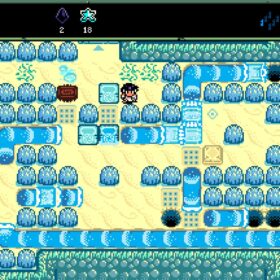
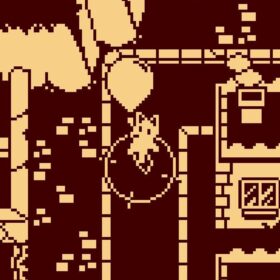
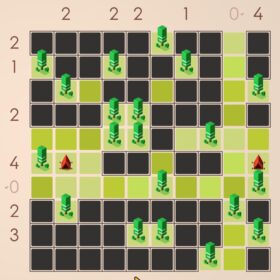
I’m a couple hours into Chronoquartz and really loving what I’ve seen. Great find! We’ll see if I can spare any more time for it with my newfound Gems of War obsession.
Well that was a blast. A wonderful snowy post holiday day of rest. And a pile of puzzles later I am a happy camper (love a well made loop!) Thanks for this.